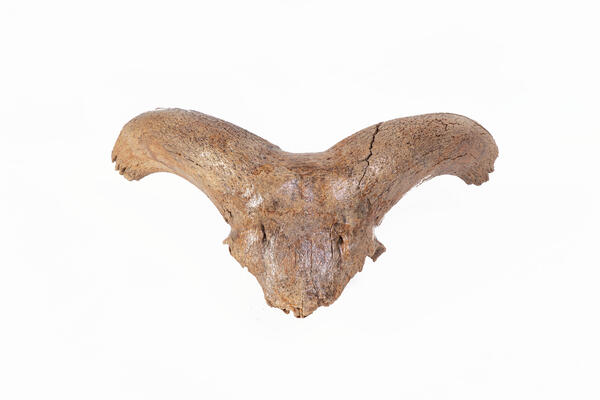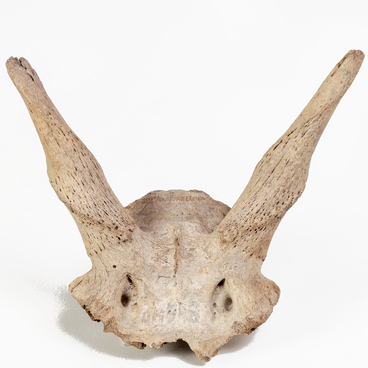Argali, or mufflon, is an artiodactyl mammal that lives in the mountainous regions of the ex-Soviet Central Asia and Southern Siberia. The body length is 120-200 centimeters, height 90-120 centimeters, and body weight reaches up to 180 kilograms. The weight of argali long horns twisted in a spiral can be up to 13 percent of the mass of the animal itself.
The Latin species name of this animal comes from the name of the God Amon. According to an ancient myth, when the gods turned into different animals out of fear of the terrible giant Typhon, Amon took the form of a ram. Since then, in the ancient tradition, Amon was depicted as a man with ram’s horns.
Argalis live in the mountain steppes at the foot of ridges and on slopes from two to three thousand meters above sea level. They live in groups of up to 100 animals, and outside of the breeding season, males and females keep separate from each other. Argalis are characterized by a combination of polygyny and polyandry, that is, several males and several females can simultaneously participate in one mating group.
Starting from the Upper Paleolithic, the habitat of argali was inexorably reduced. The reason for this is the humidification of the climate. It resulted in the spread of taiga forests in Southern Siberia and an increase in the thickness of snow cover in winter. The extermination of mufflons by our ancestors, ancient hunters, also played a role. Images of mufflon hunting scenes are often found on the rock carvings, the so-called petroglyphs. The domestication of horses allowed hunters to move faster over long distances. In addition, a large number of people could now take part in the hunt. All this made argali even more vulnerable.
Subsequently, the role of man in reducing the argali population only increased. Now the species is listed in the Red Book of the Russian Federation and the International Union for Conservation of Nature’s Red List of Threatened Species. The population is protected in the Tunka National Park and in the adjacent territory of Mongolia in the Khubsugul National Park. However, the number of argalis continues to decline due to poaching and uncontrolled grazing of livestock, which displaces mufflons from their usual pastures.




